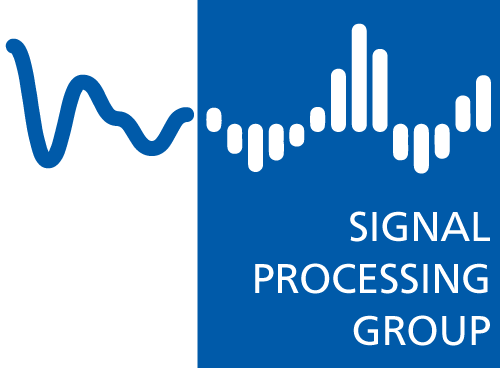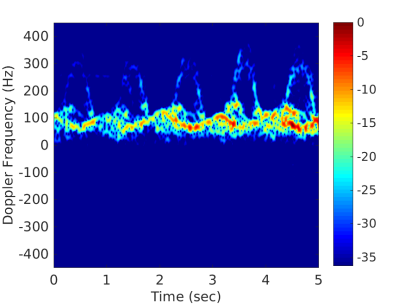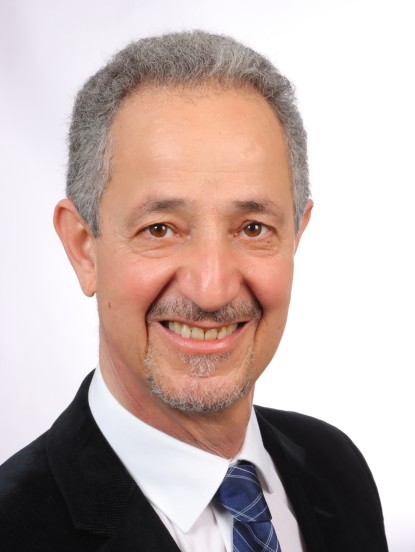Through-the-wall radar imaging is an emerging new technology allowing to “see” through obstacles such as walls, doors and other visually opaque materials. It covers a broad range of applications in a variety of contexts, such as fire and rescue missions, police missions and more recently in elderly care.
The Signal Processing Group has strong connections with the Center for Advanced Communications at Villanova University, Villanova, PA, USA, where real measurements are acquired in the Radar Imaging Lab.
The focus of our work is mainly in analysis and processing of through-the-wall radar images, including image formation or beamforming, multipath exploitation, compressive sensing, detection, segmentation, feature extraction and classification.
For more information on through-the-wall radar imaging, see the sections below or contact the respective Research Associates.





